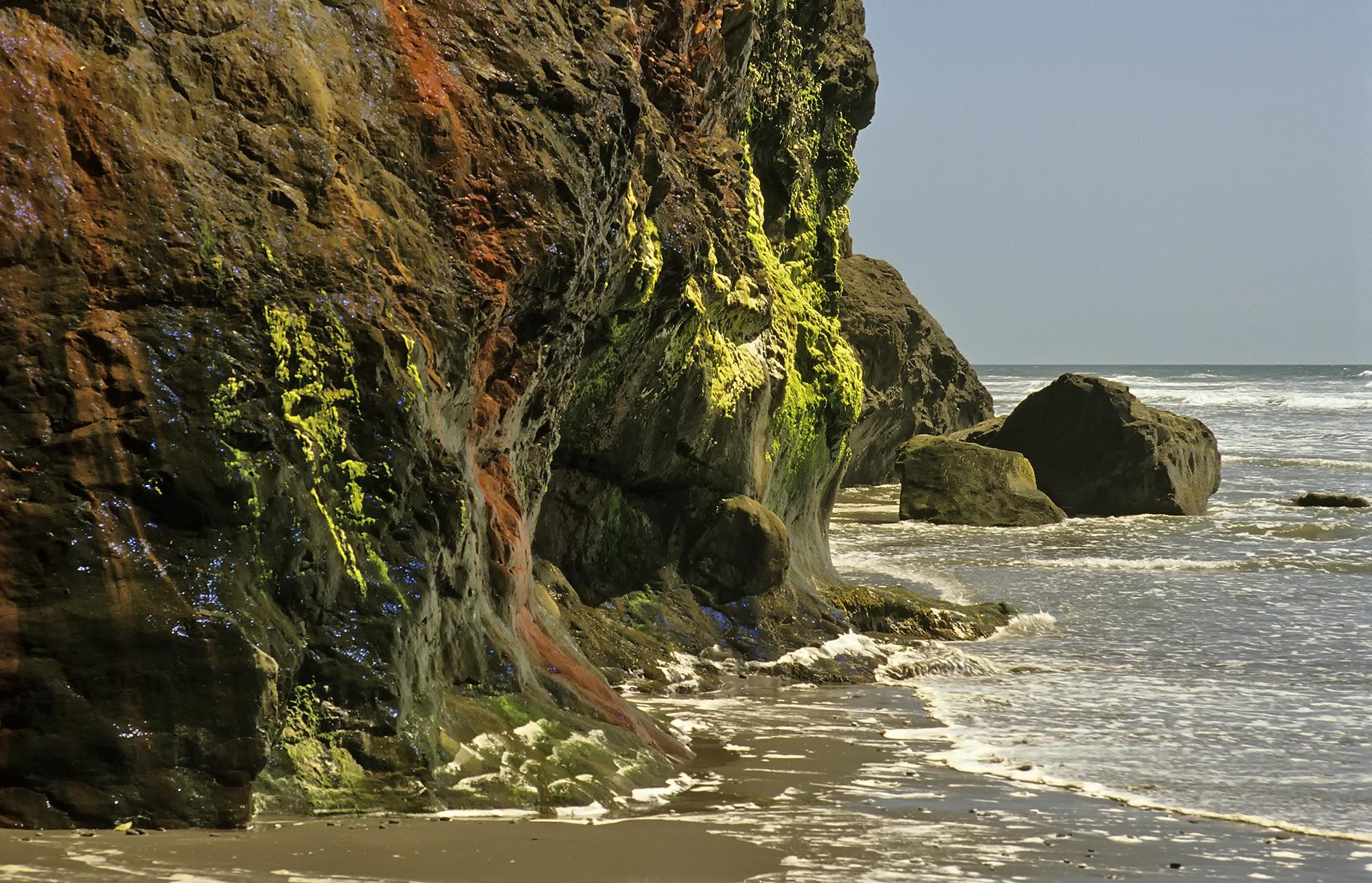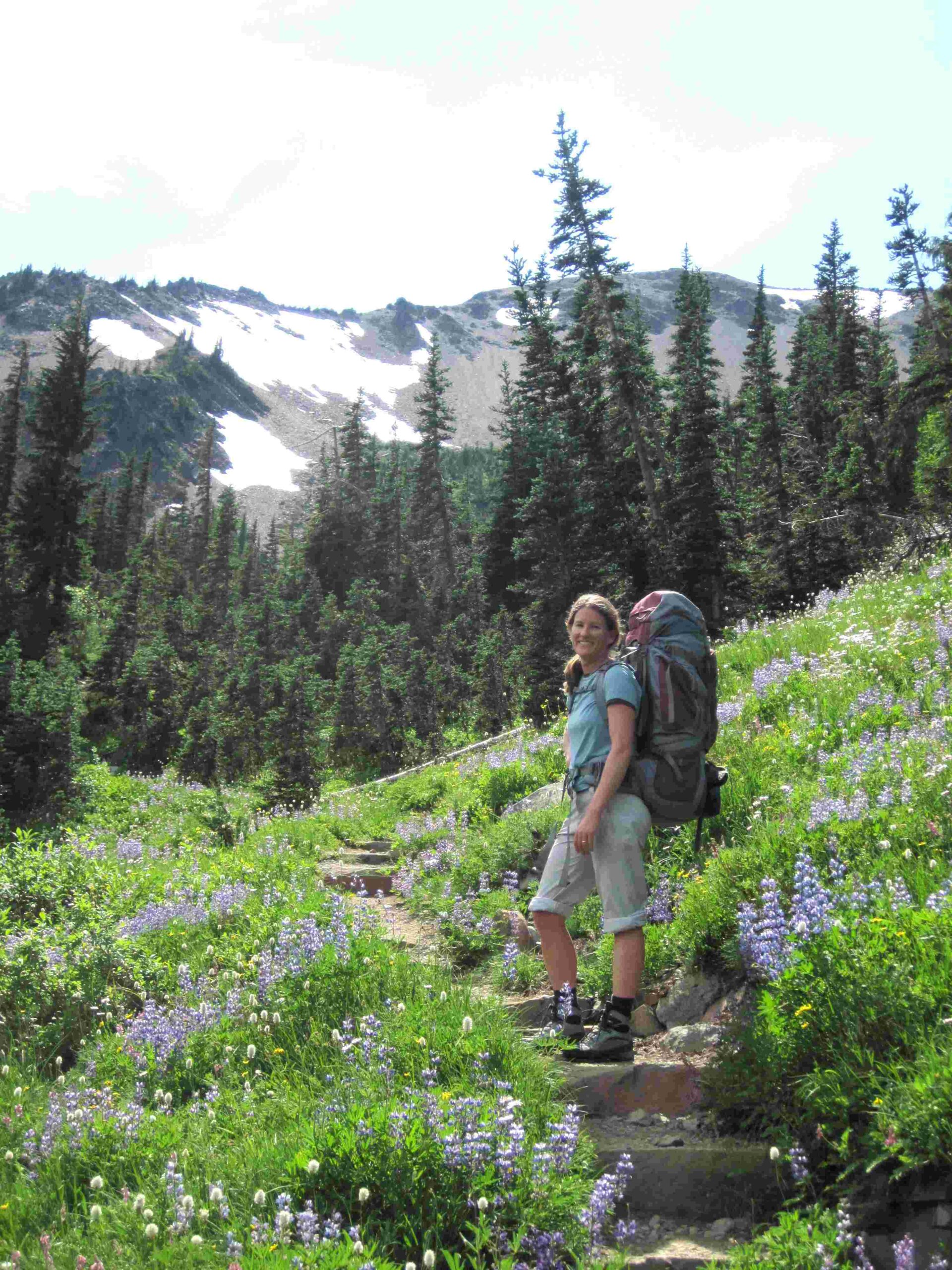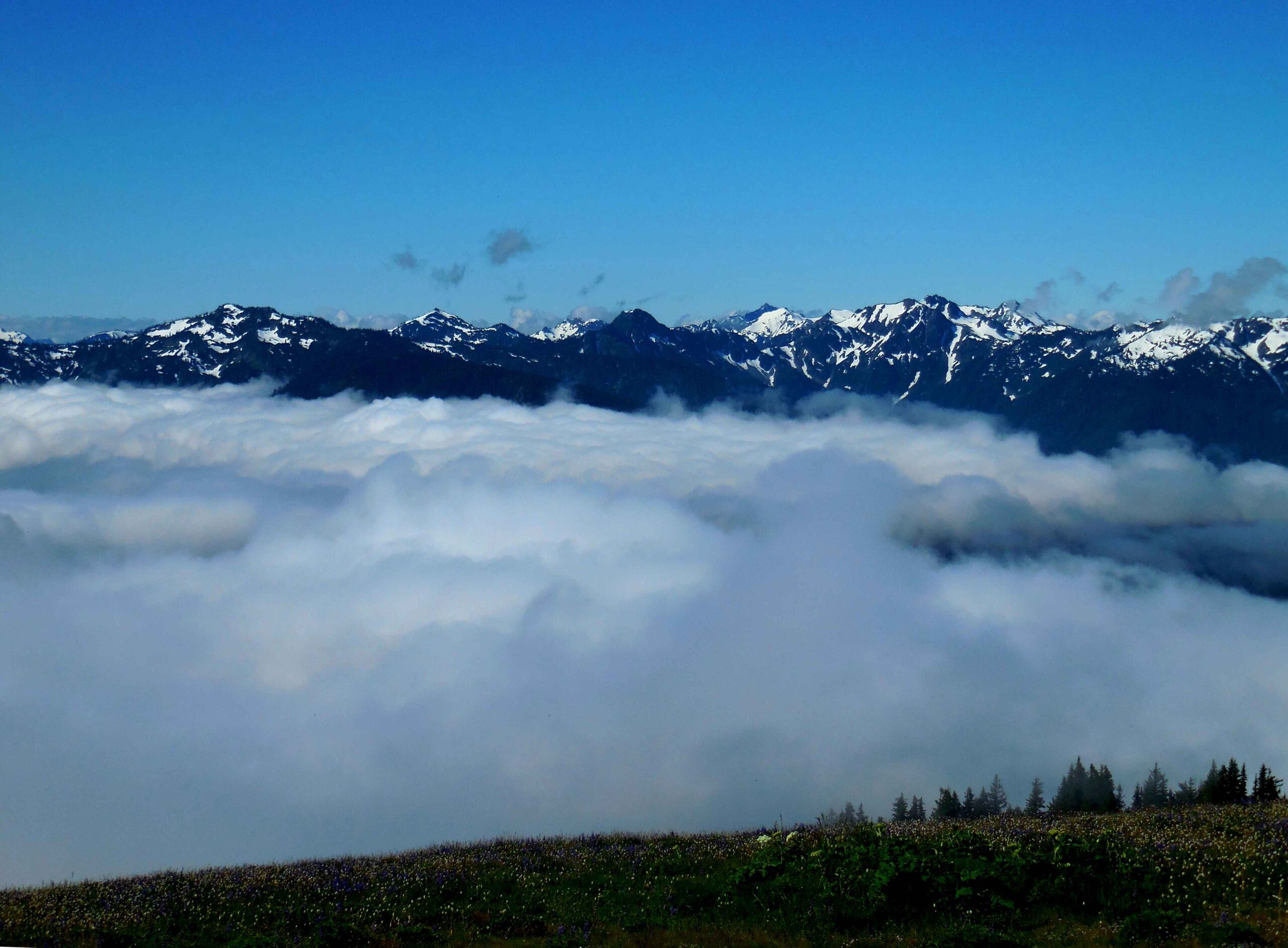Marys Falls, also known as Marymere Falls, is a stunning 90-foot waterfall nestled in the lush forests of Olympic National Park. Located near Lake Crescent, this natural wonder offers visitors a picturesque hiking experience through old-growth forests, culminating in breathtaking views of the cascading water. The trail to Marys Falls is well-maintained, making it accessible for hikers of various skill levels, and showcases the diverse ecosystem of the Pacific Northwest.
What Makes Marys Falls a Must-Visit Destination in Olympic National Park?

Marys Falls stands out as a prime attraction in Olympic National Park for several reasons:
- Scenic Beauty: The falls plunge 90 feet into a moss-covered ravine, creating a mesmerizing spectacle.
- Accessible Trail: A well-maintained 1.8-mile round trip trail makes it suitable for families and casual hikers.
- Diverse Ecosystem: The hike showcases the park’s rich biodiversity, from towering conifers to delicate ferns.
- Year-round Appeal: While spring offers peak water flow, each season provides a unique perspective of the falls.
How Do You Access the Marys Falls Trail?

To reach Marys Falls, follow these steps:
- Drive to Lake Crescent Lodge or Storm King Ranger Station on Highway 101.
- Look for signs pointing to the Marymere Falls trailhead.
- Park in the designated area near the Storm King Ranger Station.
- Follow the paved path that leads into the forest towards the falls.
What Can Hikers Expect Along the Trail to Marys Falls?
The journey to Marys Falls is as rewarding as the destination itself. Here’s what you’ll encounter:
- First 0.5 miles: A paved path through old-growth forest
- Trail Junction: Take the left path upstream
- Creek Crossings: Two picturesque bridges over Barnes Creek and Falls Creek
- Final Ascent: A 200-foot climb into a mossy ravine
- Viewing Platforms: Two distinct viewpoints of the falls
| Trail Section | Distance | Features |
|---|---|---|
| Trailhead to Junction | 0.5 miles | Paved path, old-growth forest |
| Junction to Creek Crossings | 0.4 miles | Bridges, conifer and maple canopy |
| Creek Crossings to Falls | 0.3 miles | 200-foot ascent, mossy ravine |
When Is the Best Time to Visit Marys Falls?
The optimal time to visit Marys Falls depends on your preferences:
- Spring (March-May): Peak water flow due to snowmelt, lush greenery
- Summer (June-August): Warmer temperatures, drier conditions, busier trails
- Fall (September-November): Colorful foliage, fewer crowds
- Winter (December-February): Potential for snow and ice, serene atmosphere
Consider visiting during weekdays or early mornings to avoid peak crowds, especially in summer.
How Difficult Is the Hike to Marys Falls?
The hike to Marys Falls is generally considered easy to moderate:
- Total Distance: 1.8 miles round trip
- Elevation Gain: Approximately 500 feet
- Average Hiking Time: 2-3 hours
- Terrain: Mostly flat with a short, steep section near the falls
- Accessibility: Suitable for families and casual hikers, but the final ascent may be challenging for those with mobility issues
What Photography Tips Can Enhance Your Marys Falls Experience?
Capture the beauty of Marys Falls with these photography tips:
- Timing: Visit during early morning or late afternoon for soft, golden light.
- Equipment:
- Wide-angle lens for encompassing shots
- Tripod for long exposures
- Polarizing filter to reduce glare and enhance colors
- Camera Settings:
- Slow shutter speed (1-5 seconds) for silky water effect
- Low ISO to minimize noise
- Small aperture (f/11-f/16) for greater depth of field
- Composition:
- Include foreground elements like rocks or ferns for depth
- Experiment with vertical and horizontal orientations
- Use the rule of thirds to place the falls off-center
What Should Visitors Pack for a Trip to Marys Falls?
Prepare for your hike to Marys Falls with these essentials:
- Sturdy hiking shoes
- Water bottle and snacks
- Rain jacket (Pacific Northwest weather can be unpredictable)
- Camera and tripod
- Insect repellent
- Map of the area
- First aid kit
- Layered clothing for changing temperatures
How Does Marys Falls Contribute to the Olympic National Park Ecosystem?
Marys Falls plays a crucial role in the Olympic National Park ecosystem:
- Water Source: Provides essential hydration for local flora and fauna
- Habitat: Creates a unique microclimate supporting diverse plant and animal species
- Erosion: Shapes the landscape over time, contributing to geological diversity
- Nutrient Cycling: Aids in the distribution of nutrients throughout the ecosystem
- Air Quality: Generates negative ions, potentially improving air quality in the vicinity
What Are Some Nearby Attractions to Combine with a Visit to Marys Falls?
Enhance your Olympic National Park experience by exploring these nearby attractions:
- Lake Crescent: Crystal-clear waters perfect for kayaking or swimming
- Sol Duc Falls: Another stunning waterfall with a different character
- Hurricane Ridge: Panoramic views of the Olympic Mountains
- Hoh Rain Forest: Experience one of the largest temperate rainforests in the U.S.
- Ruby Beach: Scenic coastline with unique sea stacks and driftwood
By combining Marys Falls with these attractions, visitors can create a comprehensive Olympic National Park itinerary that showcases the region’s diverse landscapes and natural wonders.
References:
1. Washington Trails Association – Marymere Falls
2. Olympic Hiking Co. – Marymere Falls at Lake Crescent
3. Olympic Peninsula Official Tourism Site – The Olympic Peninsula Waterfall Trail

